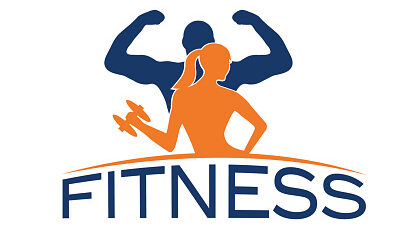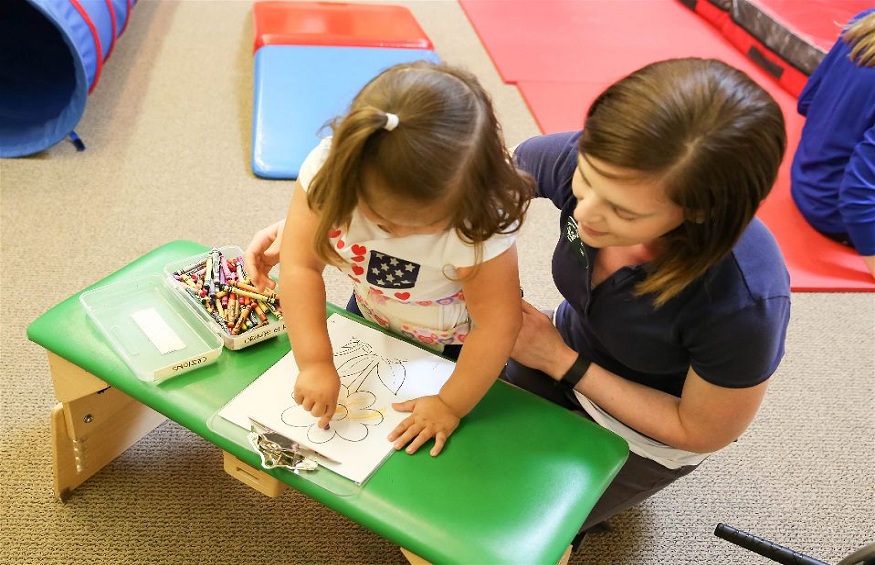Occupational Therapy Fine Motor Activities for Kids
These days, kids spend more time using computers, tablets, and smartphones than before. Many parents worry about the habits that might develop if their children spend all of their time using these devices.
An important part of childhood is learning how to use your hands. It’s crucial for helping kids develop skills like hand-eye coordination, dexterity, and fine motor abilities. That’s why occupational therapy activities are great for kids of all ages. These activities help prepare kids for future careers and life tasks. Here are some fantastic examples of fine motor activities for kids.
Playing with blocks
A great way to encourage small motor skills in kids is to help them use their hands to build things. These can be anything from simple constructions, such as towers and boxes, to creating various designs. There are many types of games that work on this skill.
One of the best is the tower-building game. You can start with simple stacking activities and gradually build them into more complex designs. Another great way to practice building is with pegboards. These can help kids develop their fine motor skills in various ways. They teach hand-eye coordination, problem-solving skills, and how to make logical connections between different parts of their body.
Painting and drawing
One of the great occupational therapy activities you can do with kids is painting. This can be done with any paints or with markers, but the goal is to help kids use their hands to create designs. Markers can also be used to practice writing and drawing lines. Another great way to help kids develop their fine motor skills is by using a pencil to write on paper. This can help them improve their handwriting and develop a sense of how to position their hands when writing.
Markers are also great when it comes to drawing. Kids can practice the fine motor movements associated with creating shapes and lines. This can be combined with activities like coloring, which helps kids work on their eye-hand coordination.
Coloring and finger paint
Kids and adults alike love to use their fingers to create things. This is why finger paint is so popular. It’s easy to do, fun to use, and provides a similar sensory experience as coloring with markers. Colored finger paints can also help with developing fine motor skills. You can use different techniques like drawing lines with your index finger, scribbling, etc.
Matching games
Matching games are a classic and popular Pediatric Occupational Therapy activity. Kids form matching pairs to practice several key skills. The most basic of these is matching. But, you can also do matching games that help develop sequencing, spatial reasoning, and more.
If you have kids in preschool and elementary school, you may want to consider matching games with multiple levels, like sorting by color.
String art
String crafts are great for many reasons. There’s always something new to try; they’re cheap and fun. Plus, they help kids with developing their fine motor skills.
String art is a great hands-on activity. You can help kids learn how to hold things like pencils or chopsticks. You can even use it to help kids learn how to properly hold a pencil.
Pointing and grabbing activities
Pointing can be a tricky skill for kids to learn. It requires both motor skills and hand-eye coordination. Pointing games can help with both of these. These games can also be a way to practice other skills like following directions and following rules.
Grabbing and throwing activities are also great for developing fine motor skills. Kids can learn how to grab objects properly and throw them while keeping their fingers straight. These activities can also help with hand-to-eye coordination.
Kids spend a lot of time with electronic devices. That can lead to hand-arm habits, both unhealthy and dangerous. These activities are great for practicing and strengthening hand-eye coordination, finger strength, and fine motor skills. Get creative with your own devices and have fun while you practice!



